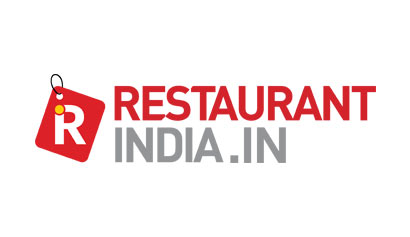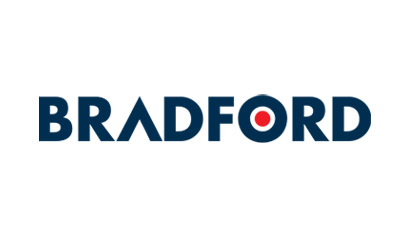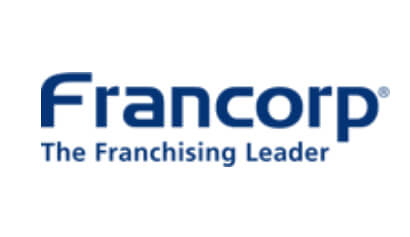To get access to over 10000+ Franchise Business Opportunities.
Network with the growing Business Community to get expert interventions to let you learn to Grow & Expand your Business with Franchising.
India's retail market is expected to almost double to $1 trillion by 2020 from $600 billion in 2015.
It is growing at a rate of almost 12% per annum and driven by increase in consumer's disposable incomes, changing demographic profile, changing consumer tastes & preferences and attitudinal shifts. How can retailers & franchisors be at par with retail trends, read on to know… No matter, what the economic climate is, consumers always need a place to shop. No matter, what the economic climate is, consumers always need a place to shop. Whether it's for pet supplies or groceries, cloths or accessories, retail franchises are a prime destination for many for a multitude of goods and services.
With the potential of amazingly high growth, the retail industry in India is referred to as the 'sunrise sector' with the government also taking initiatives to encourage foreign investment in this sector. The new and large formats and the entry of retail giants are indicative of the immense opportunities existing in Indian retailing.
Consumers market in emerging economies like India will grow rapidly on the virtue of strong economic growth. The retail industry in India has become extremely competitive, courtesy to constantly changing consumer preference and necessity of marketing differentiation. Taking into consideration all these important facts, the retail sector in India will definitely bring lucrative investment opportunities for investors in both short and long term.
Key trends to look out for while Investing in Retail Segment:
1. Multi-channel retail
It is no longer sufficient for a business to operate using a single channel to market its products. Smartphones and tablets allow shoppers to purchase products wherever and whenever, from whomever they choose, making the concept of a 9-to-5 business redundant.
However, for the forward-thinking business, implementation of a system which unifies all retail channels is a better investment. Known as Omni-channel retailing, the idea is to provide a consistent customer experience using a single or integrated multi-channel software platform to power transactions, stock and other internal business processes transparently. These methods of transacting with customers include browsing of products, buying of products, returning as well as pre-sale and after-sale service.
2. Mobile shoppers
The practice of checking competitor prices online while visiting a store (a practice known as “showrooming”) is gaining in popularity and causing traditional retailers a lot of concern.Customer service and in-store experience play a massive part in consumer attitudes to showrooming. Most shoppers only resort to mobile shopping when there is a stock shortage or they receive poor service.
3. Business flexibility
Adapting to an evolving marketplace requires a business to introduce more flexibility into its business processes. For instance, the only way to satisfy customer demands, for omni-channel services, retailers need to be flexible in the way that they interact with their customers to provide a consistent experience. Majority of this business flexibility will depend on a multi-channel retail software package which can be altered in line with changing business processes/ circumstances.


Business Opportunities
Browse By Investment Range
Browse By States
Popular Cities















